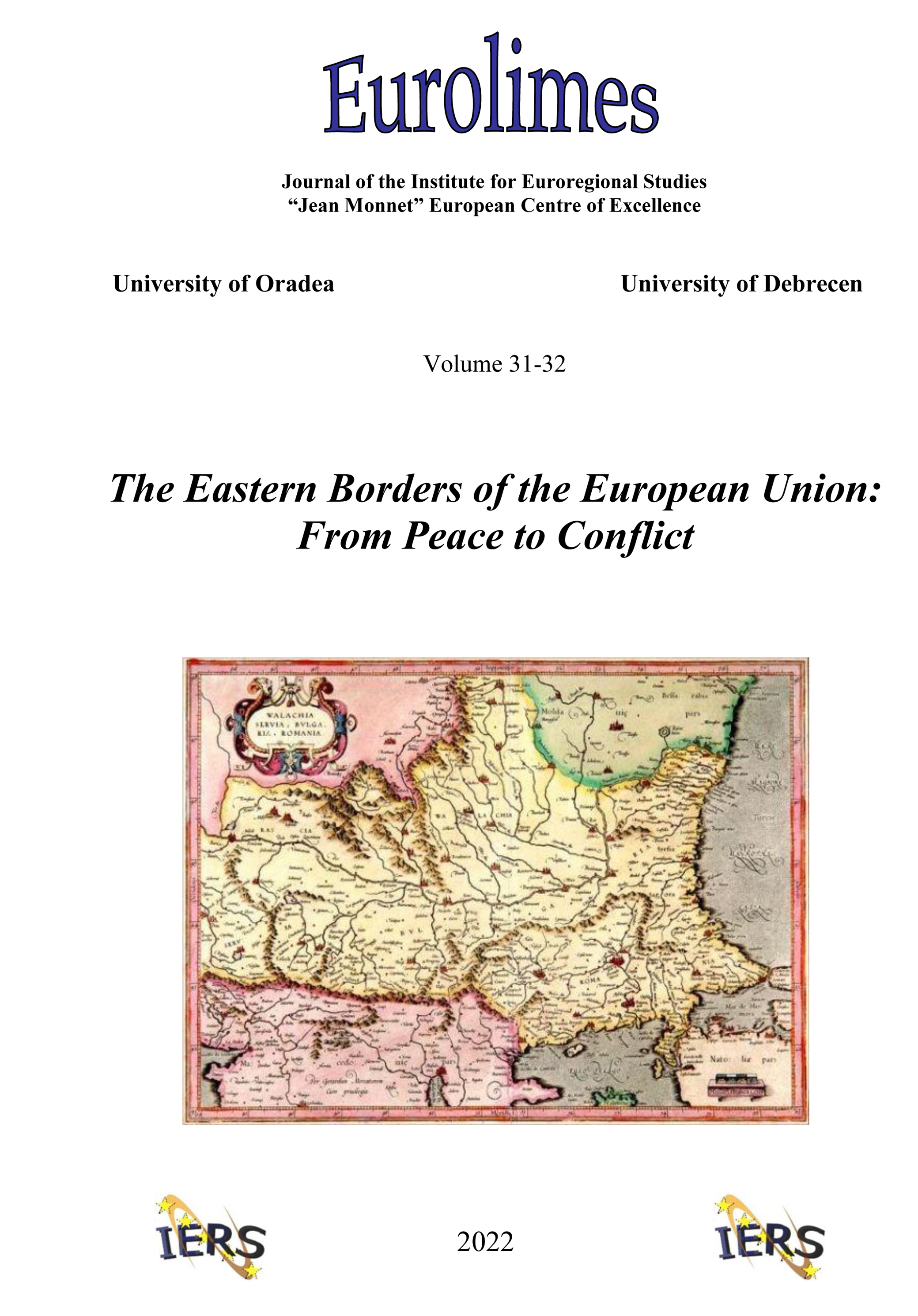The EU’s Development Policy
The EU’s Development Policy
Author(s): Małgorzata ZajaczkowskiSubject(s): Political Sciences, Civil Society, Governance, Geopolitics
Published by: Editura Universitatii din Oradea
Keywords: Official Development Assistance (ODA); European Union (EU); development policy; development aid; DAC OECD; Central and Eastern Europe (CEE); refugee crisis; Ukraine;
Summary/Abstract: The EU is the world’s largest donor of development aid, responsible for providing about half of the global development assistance. The unique position of the EU in the international development system is that it is both a bilateral donor, providing aid directly to developing countries, and a multilateral organisation, coordinating the national aid policies of its Member States. This is due to the structure of the EU’s specific area of multi-level interaction, the so-called shared competencies between Member States and EU institutions. Thus, the planning and implementation of the EU’s external action is the result of two processes: first, arrangements at the Member-States level, and second, joint decisions at the level of Community institutions. The EU member countries of Central and Eastern Europe (CEE) play a rather similar yet limited role in EU development policy. This is due to two factors: (1) similar aid delivery focused on multilateral channels and the concentration of aid on countries in the nearest neighbourhood, and (2) a relatively low commitment of both financial and human resources. This distinguishes them sharply from Western European countries and puts them in the position of catch-up countries in the field of international development assistance. The article outlines the main areas of involvement of CEE member states in development assistance. It addresses two basic problems: first, the issue of building a community-based and coherent EU development policy, and second, the gap in engagement between Western EU Member States and Eastern countries. Thus, based on a comparative method, an attempt was made to show their performance against other EU Member States, as well as to explain their relatively low involvement in international development assistance. Reference is also made to the humanitarian and refugee crisis in Ukraine, showing its most important activities related to large-scale humanitarian assistance. The paper is based on a synthetic summary and interpretation of available data on the latest trends in development assistance and a review of the subject literature. It allowed to demonstrate the relevance of the studied issue in the context of recent changes, especially caused by the COVID-19 pandemic. To this end, firstly, the rules, institutional and treaty framework of the EU development assistance were explained, secondly, the changes that occurred in EU development policy in 2018–2021 and thirdly, the real contribution of EU institutions and Member States in development cooperation was shown.
Journal: Eurolimes
- Issue Year: 31/2022
- Issue No: 31-32
- Page Range: 15-34
- Page Count: 19
- Language: English
- Content File-PDF

